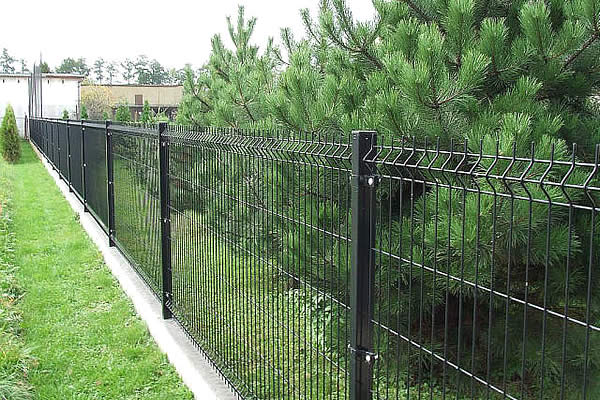 TEL:
+86-13102802206
TEL:
+86-13102802206
 Email:
fencenetting@china.com
Email:
fencenetting@china.com
 Language
Language
 TEL:
+86-13102802206
TEL:
+86-13102802206
 Email:
fencenetting@china.com
Email:
fencenetting@china.com
 Language
Language


The Aesthetic and Practical Aspects of Decorative Temporary Fencing
In a world where aesthetics meets functionality, decorative temporary fencing has emerged as a versatile solution for various events, construction sites, and public areas. As urbanization progresses and outdoor gatherings become more popular, the demand for effective yet visually appealing barriers has surged. This modern fencing option not only serves a critical role in safety and security but also enhances the visual appeal of the surroundings. Let us delve into the multiple benefits and applications of decorative temporary fencing.
What is Decorative Temporary Fencing?
Decorative temporary fencing refers to barriers that are designed to encircle specific areas for safety, security, or privacy while maintaining an attractive appearance. Unlike traditional chain-link or wooden fences, these barriers come in various materials, designs, and colors, allowing them to seamlessly blend into the environment or stand out as a focal point. They often feature intricate patterns, graceful curves, or vibrant colors that enable them to be used in various settings, from festivals and exhibitions to construction sites and public parks.
Applications of Decorative Temporary Fencing
1. Event Management Whether it's a music festival, outdoor wedding, or trade show, decorative temporary fencing can guide guests through specific paths, define areas for different activities, or create designated zones such as VIP sections. The alluring designs can enhance the overall ambiance of the event, making it more visually appealing and memorable.
2. Construction Sites Although construction sites may not seem like a place where aesthetics matter, utilizing decorative temporary fencing can significantly improve the visual landscape. Instead of an unsightly chain-link fence, a more decorative option can minimize the visual impact of construction activity, which is especially important in urban environments where space and beauty are at a premium.
3. Public Gatherings In parks or during community events, decorative temporary fencing can serve to delineate spaces for various activities, such as children’s play areas, food stalls, or performance stages. The visually appealing barriers can create a sense of organization while enhancing the overall enjoyment for participants.
4. Safety and Security The primary purpose of any fencing is to ensure safety and security. Decorative temporary fencing does not compromise on this aspect. It effectively keeps unauthorized individuals out of restricted areas while also being robust enough to withstand elements or accidental bumps.

5. Promotional Purposes Many businesses have begun using decorative temporary fencing as a promotional tool. By branding these barriers with logos or promotional messages, companies can ensure visibility even from a distance. This approach turns functional objects into marketing tools that attract attention while serving a practical purpose.
Benefits of Decorative Temporary Fencing
1. Versatility The modular nature of decorative temporary fencing allows for easy assembly, disassembly, and relocation. This flexibility makes it an excellent choice for temporary installations at various locations.
2. Cost-Effectiveness While the aesthetic appeal may come at a slightly higher initial cost compared to standard fencing, the long-term benefits, including durability and reusable designs, often outweigh the initial expenses. Moreover, using decorative designs can eliminate the need for extensive landscaping to hide unsightly barriers.
3. Customizable Options With an array of materials—such as wood, metal, or plastic—and designs available, decorative temporary fencing can be tailored to match the theme of any event or aesthetic preference, providing countless options for creativity and expression.
4. Enhanced Experience A well-designed environment can significantly enhance user experience. Decorative temporary fencing contributes positively to the visual landscape, making spaces more inviting and enjoyable.
5. Environmental Impact Incorporating sustainable materials in decorative temporary fencing contributes to eco-friendly practices. Companies focused on sustainability are beginning to offer eco-conscious products that reduce the carbon footprint, appealing to environmentally conscious consumers.
Conclusion
Decorative temporary fencing is more than just a practical solution for delineating spaces; it represents an intersection of safety, aesthetics, and adaptability. Whether used for events, construction sites, or public gatherings, its impact extends beyond mere functionality. As society continues to prioritize both safety and beauty, decorative temporary fencing stands out as a compelling choice for individuals and organizations looking to enhance their environments.